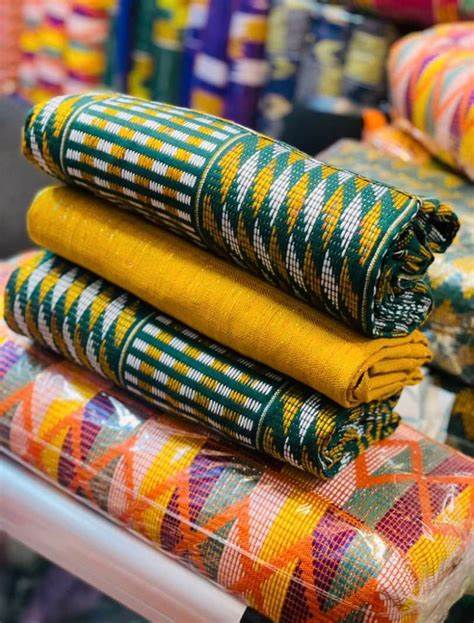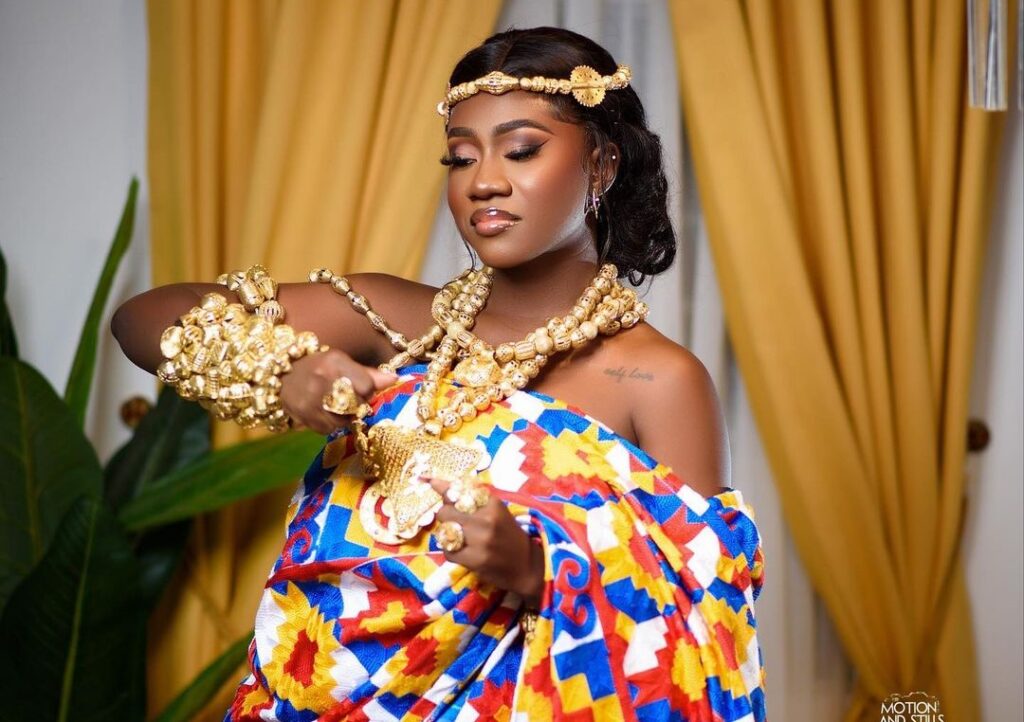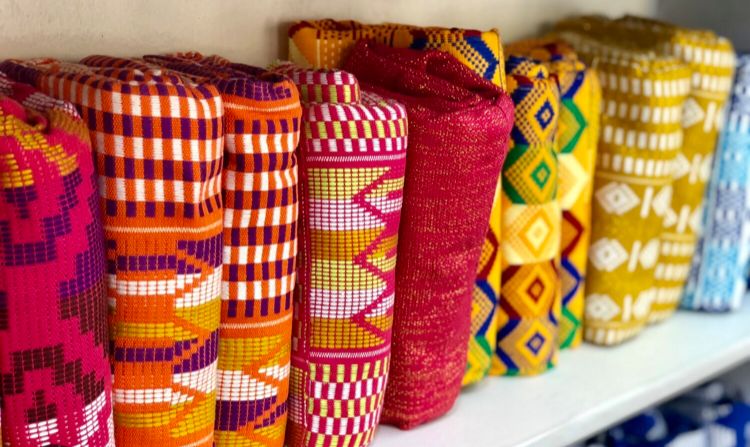Kente is more than just a fabric; it is a woven testimony of Ghanaian identity, legacy, and pride. With bold patterns and vibrant colours, it’s worn not just to impress, but to express — to communicate one’s roots, status, and even personal beliefs.
Here’s an exclusive dive into the cultural, historical, and symbolic world of Kente that everyone — especially the African diaspora — should know about.
1. Kente originated from the Ashanti and Ewe people
Though widely associated with the Ashanti Kingdom, Kente weaving is also deeply rooted in the Ewe culture. Both ethnic groups have unique styles and motifs, but share similar weaving techniques that date back centuries.
2. It was originally reserved for royalty
Kente was once known as “the cloth of kings.” In the Ashanti Kingdom, it was worn exclusively by royalty and spiritual leaders during sacred ceremonies. Its usage has now broadened, but its regal aura remains.
3. Every pattern has a name and meaning

Kente designs are never random. Each pattern and colour tells a story or conveys a proverb. For example, the popular design Eban symbolizes safety and security, while Fathia Fata Nkrumah (Fathia is fit for Nkrumah) celebrates unity and love.
4. Colours are symbolic
Kente’s colours are not chosen for aesthetics alone. Each hue carries deep symbolism:
- Black: Maturity, spiritual strength
- Blue: Peace, love, harmony
- Gold: Royalty, wealth, high status
- Green: Growth, fertility
- Red: Sacrifice, political struggle
- White: Purity, sanctity
5. Weaving kente is an art of patience
A single strip of Kente can take days to weave. The cloth is made on a wooden loom using the double weave technique. It requires exceptional skill and concentration — one wrong move and the entire strip must be redone.
6. Modern Kente is not limited to Ghana
While it originated in Ghana, Kente has become a pan-African symbol of heritage. It is worn proudly by people across the diaspora — from graduations in New York to weddings in Lagos, and red carpet appearances in Hollywood.
7. There are authentic and mass-produced versions
Real Kente is handwoven and typically more expensive. What you often see printed on cotton or polyester fabrics is referred to as “Kente print” — inspired by the original but lacking the craftsmanship and symbolism of the woven cloth.
8. It’s used in all stages of life
From naming ceremonies to funerals, Kente plays a vital role in rites of passage. Specific patterns are worn for different events — vibrant ones for joyous celebrations, darker tones for somber occasions.

9. Kente has global influence
World leaders, celebrities, and public figures have donned Kente to honour African culture. From Nelson Mandela to Beyoncé, Kente has been worn as a statement of black excellence and cultural pride.
10. Kente is a living language
To wear Kente is to speak without words. It’s a living tapestry that narrates values, history, and aspirations. When Ghanaians say, Kente speaks, they mean it literally.

